Jakob Smits (1855-1928)
Get a Smits Certificate of Authenticity for your painting (COA) for your Smits drawing.
For all your Smits artworks you need a Certificate of Authenticity (COA) in order to sell, to insure or to donate for a tax deduction.
Getting a Smits Certificate of Authenticity (COA) is easy. Just send us photos and dimensions and tell us what you know about the origin or history of your Smits painting or drawing.
If you want to sell your Smits painting or drawing use our selling services. We offer Smits selling help, selling advice, private treaty sales and full brokerage.
We have been authenticating Smits and issuing certificates of authenticity since 2002. We are recognized Smits experts and Smits certified appraisers. We issue COAs and appraisals for all Smits artworks.
Our Smits paintings and drawings authentications are accepted and respected worldwide.
Each COA is backed by in-depth research and analysis authentication reports.
The Smits certificates of authenticity we issue are based on solid, reliable and fully referenced art investigations, authentication research, analytical work and forensic studies.
We are available to examine your Smits painting or drawing anywhere in the world.
You will generally receive your certificates of authenticity and authentication report within two weeks. Some complicated cases with difficult to research Smits paintings or drawings take longer.
Our clients include Smits collectors, investors, tax authorities, insurance adjusters, appraisers, valuers, auctioneers, Federal agencies and many law firms.
We perform Jakob Smits art authentication, appraisal, certificates of authenticity (COA), analysis, research, scientific tests, full art authentications. We will help you sell your Jakob Smits or we will sell it for you.
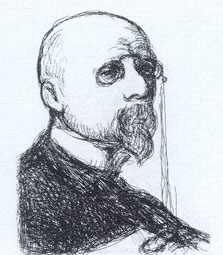

Jakob Smits was a Belgian painter born in Rotterdam, the Netherlands. His father was a successful interior decorator, and at the age of 18, Jakob began working with him. He would later be lucky enough to study abroad, and his travels took him to Brussels, Munich, Vienna and Rome. Smits studied in Brussels from 1873-1876, Munic from 1878-1880 and was also in Vienna and Rome in 1880.
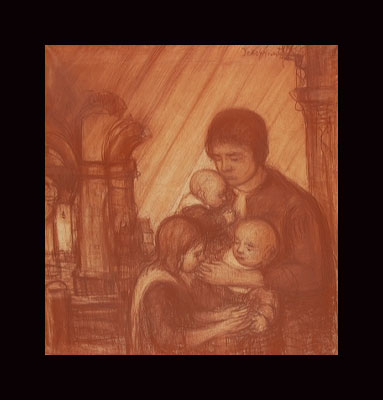
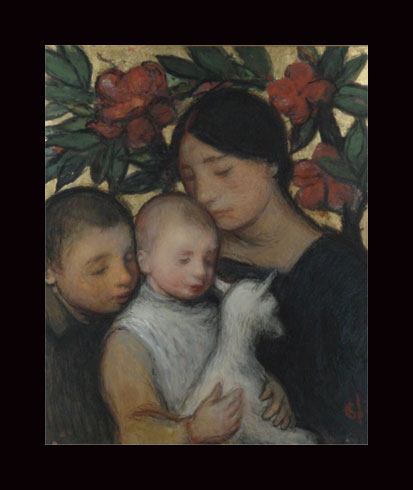
By 1882, Smits returned home to the Netherlands to marry his cousin Antje Doetje Kramer, and he and his wife settled in Amsterdam. There, Smits received his first commission as a decorator and also worked with The Boijmans Museum of Rotterdam. Smits had two daughters with Antje, but by 1884, the couple had decided to end their marriage.
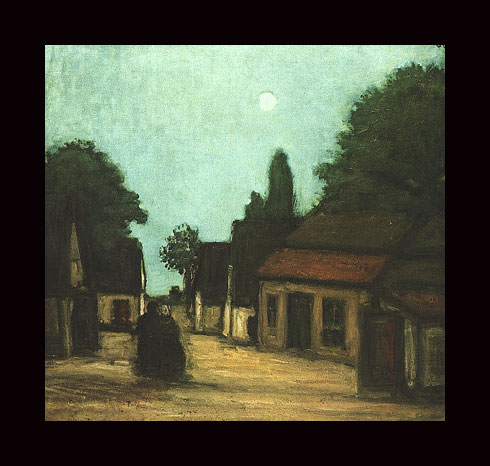

Smits made a new home for himself in Blaricum and became the head of the Industry and Decorating School of Haarlem. During this time, he also made frequent trips to the Kempen area with his friend and fellow painter Albert Neuhuys. He was fascinated by the landscape in the Kemper region, and in 1888, he rented a cottage there. Smits later bought the cottage and that same year, married Malvina Dedeyn, the daughter of a Brussels lawyer. Malvina was essentially disinherited by her father for the marriage because her father disapproved.

Even though he lived in extreme poverty, this was said to be the happiest years of Smits life. He went on to have three children with Malvina, and created portraits of his family quite often. These, among other paintings of his, were exhibited in Dresden and Munich, where he received gold medals for his watercolor paintings. However, these happy days came to an end for Smits when Malvina and a new infant daughter died within days of each other in 1899. Smits remarried in 1901 to Josine van Cauteren. By this time, he was 45 years old, and was honored in Antwerp by an exhibition dedicated to his work. That following year, he took in his elderly parents after they had been robbed, placing an even further financial burden on him. Despite the fact that he was highly regarded in the art world and among his Belgian peers, Smits work sadly was not selling during his lifetime. Many of his etchings were created during the period (around 1910) due to the fact that his paintings were not selling.
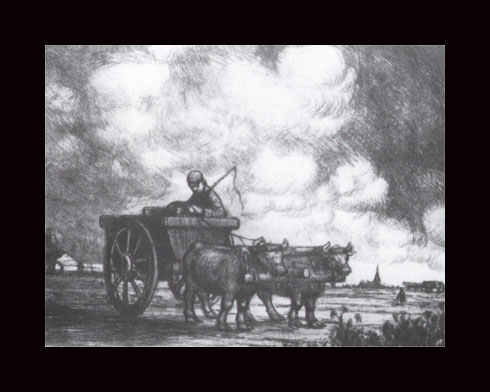
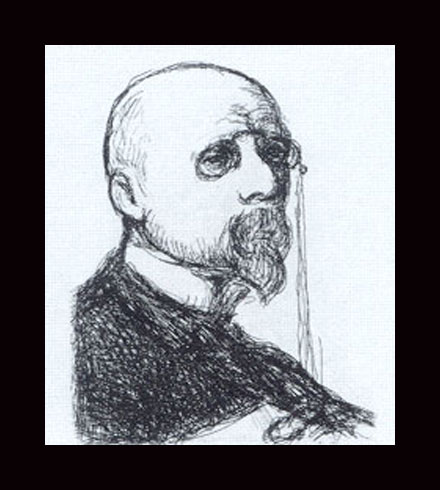
In 1907, Smits organized an exhibition of international artists for the Mol town council, which eventually consisted of nearly 70 artists. Thus, the “School of Mol” was born, thanks to Smits. In 1910, he published a book of 25 sketches and dedicated them to the Belgian Queen, Elisabeth. Two years later, he took on noted etcher Dirk Baksteen who worked as his assistant. By this time, World War I was approaching, and he put his artistic ventures away for a time to work on the “Committee for Assistance and Providing Food for the Canton of Mol.”

After the war ended, Smits surprised the art community by returning to his chalks and paints and coming out with a completely new vision and style. However, his health began to decline in 1923 due to cancer of the jaw. Despite extreme pain and discomfort, Smits continued to paint through his cancer for five years, right up until his death in February of 1928.
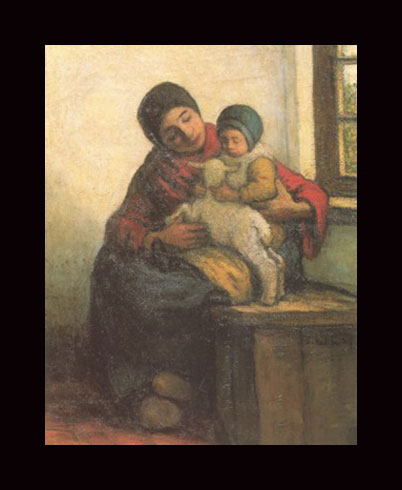
Throughout his lifetime he achieved numerous Belgian awards such as Knight of the Order of Leopold in 1903, Officer of the Order of the Crown in 1919 and Commander in the Order of the Crown in 1927. Today his work is housed in museums all over the world, including the Jakob Smits Museum in Mol-Sluis, and perhaps in your own home. Still wondering about a Belgian painting in your family’s estate? Contact us…it could be by Jakob Smits.
Reviews
1,217 global ratings
5 Star
4 Star
3 Star
2 Star
1 Star
Your evaluation is very important to us. Thank you.
